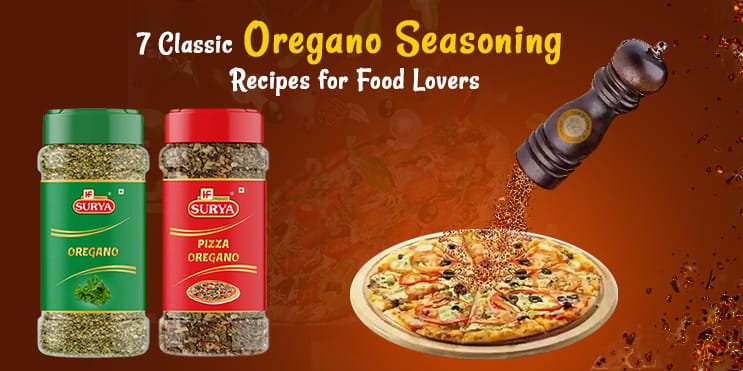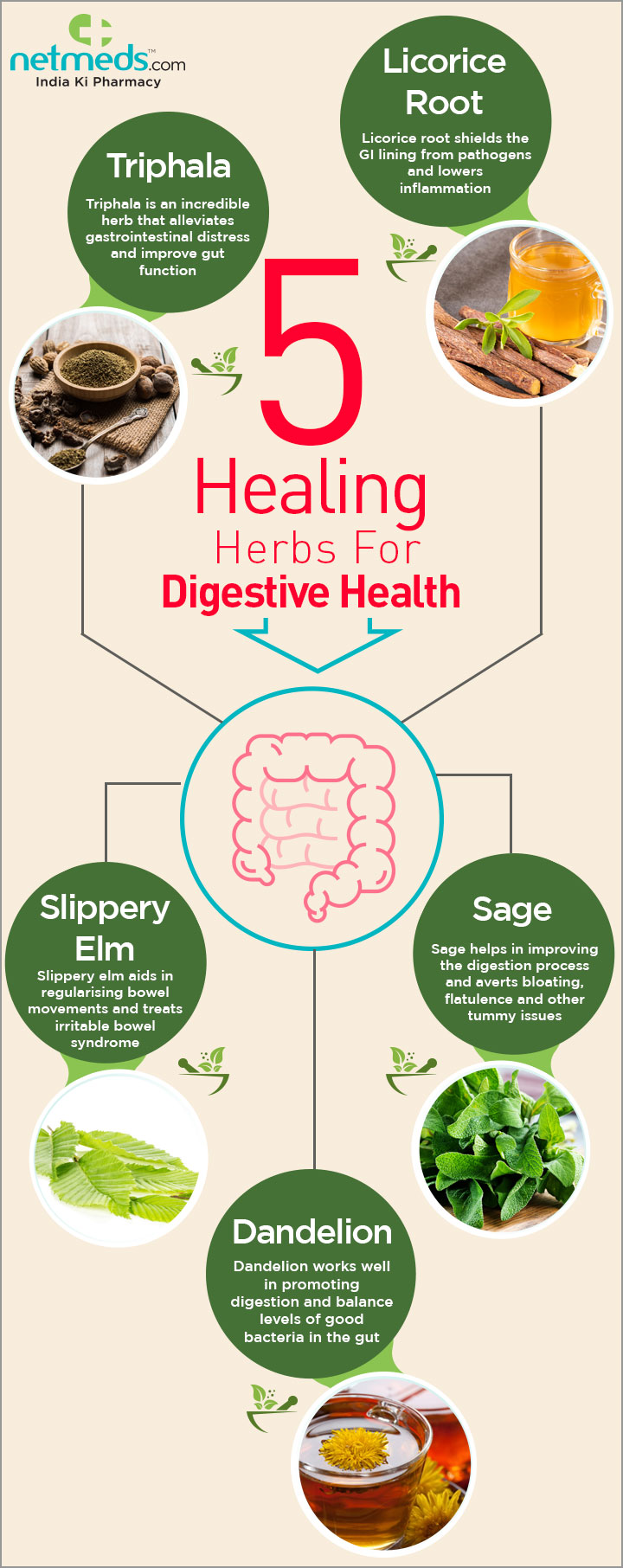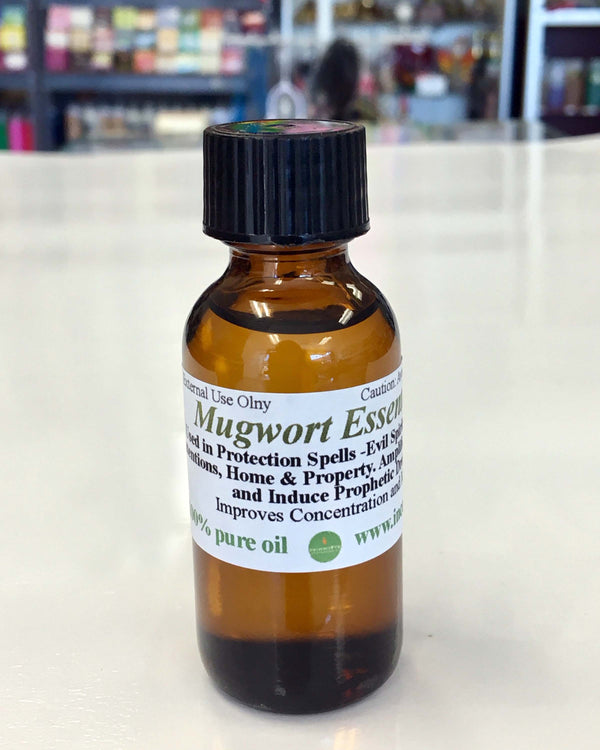Discover the world of oregano, one of the most versatile and frequently used herbs in the culinary scene. This comprehensive guide to cooking with oregano aims to unlock its flavorful potential, helping you create delicious and aromatic dishes that enhance the dining experience. Whether you are a novice cook or a seasoned pro, this guide will offer insights and tips to make your dishes even more extraordinary.
The Origin and Types of Oregano
Oregano, a member of the mint family, is native to the Mediterranean region and western Asia. Its flavorful aroma and taste bring depth to various dishes such as pasta sauces, grilled meats, and salads. There are two primary types of oregano used in cooking: Origanum vulgare (European oregano) and Lippia graveolens (Mexican oregano). Both types provide distinct flavor profiles, with the European variety being slightly sweeter and the Mexican oregano boasting a more robust, earthy flavor.
Fresh vs. Dried Oregano: Choosing the Right One for Your Dish
Both fresh and dried oregano can be used to enhance your recipes, depending on the type of dish and the flavors you desire. Fresh oregano possesses a milder taste, offering a delicate herbaceous and lemony note, making it perfect for lighter dishes such as salads, seafood, and white sauces. Dried oregano, on the other hand, has a stronger, more concentrated flavor, suitable for heartier dishes like pasta sauces, stews, and marinated meats.
How to Store Oregano for Maximum Freshness
Fresh oregano should be stored in the refrigerator, wrapped in a damp paper towel, and placed in a sealable plastic bag. It should last for approximately one week. For dried oregano, store it in an airtight container, away from sunlight and heat. Dried oregano will retain its potency for up to one year.
Ways to Maximize Oregano’s Flavorful Potential
1. Marinate your meats: Marinate chicken, beef, lamb, or fish with a mixture of oregano, olive oil, garlic, and lemon for an amazing flavor infusion. Start by using 1-2 teaspoons of dried oregano or a handful of fresh oregano, and adjust the taste according to your preference.
2. Infuse your olive oil: Oregano-infused olive oil makes a delicious addition to recipes, basil leaves create fantastic salad dressings or bread dippings. Add a few sprigs of fresh oregano or few teaspoons of dried oregano to a bottle of extra virgin olive oil and let it sit for 1-2 weeks, allowing the flavors to meld.
3. Experiment with sauces and soups: Oregano pairs well with a variety of ingredients like tomatoes, garlic, and olives, making it the perfect addition to Italian-inspired sauces and soups.
4. Season your vegetables: Sprinkle oregano on grilled, roasted, or sauteed vegetables like zucchini, bell peppers, and eggplants for added depth and flavor.
5. Incorporate oregano in your dip: Mix oregano with Greek yogurt, sour cream, or cream cheese to create a scrumptious dip for chips and veggies.
Conclusion
Oregano is a versatile, flavorful herb that can elevate your dishes to new heights when used appropriately. By understanding the differences between fresh and dried oregano, and learning how to store and incorporate them in your cooking, you can unlock the herb’s full potential. Experiment with oregano in your recipes and create mouthwatering dishes that are sure to impress.









